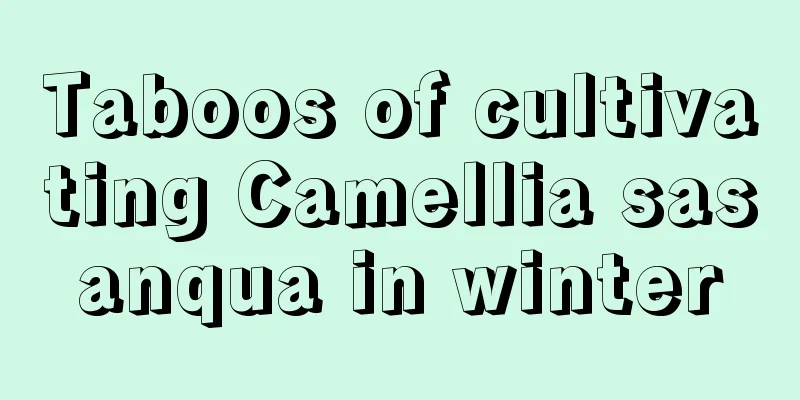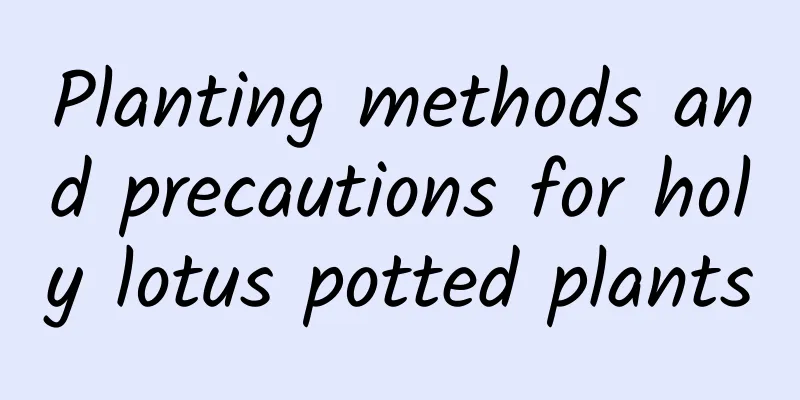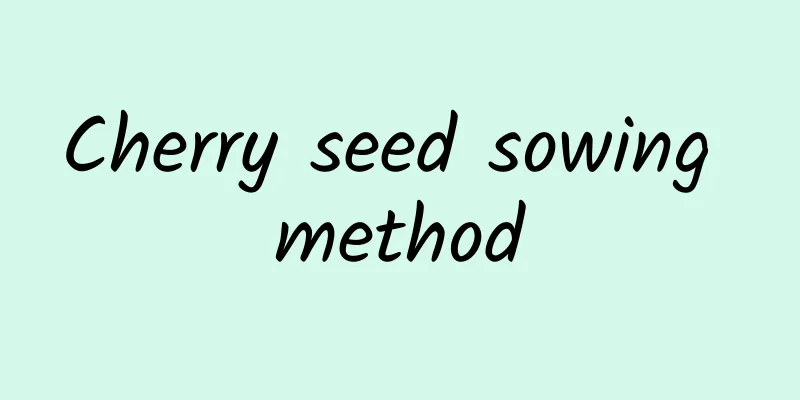How to propagate petunia

Growth habitSunshine and temperaturePetunia is native to South America and is a long-day plant. It prefers a warm environment, but it has a strong adaptability to temperature. The suitable growth temperature is 13-18℃, and the tolerable temperature difference range is about -2℃-35℃, but if the temperature is below 4℃, the plant will stop growing. Water and soilPetunia needs sufficient water supply throughout the growth process, especially in the hot summer, the potting soil should be kept moist in the morning and evening. In outdoor environments, we must be careful to prevent the harm of rain and waterlogging, especially during the rainy season, we must pay attention to water control. Excess water will cause the stems and leaves to grow too long, and long-term waterlogging may even cause root rot. In the most serious cases, the entire plant will wilt and die. When choosing soil, petunia should give priority to fertile, loose and well-drained slightly acidic sandy soil. Cultivation techniquesSeedling cultivationSeed propagationIt is best to sow in autumn from October to November. A temperature of around 20℃ is conducive to germination, and seedlings can be seen after about 10 days. It needs to be moved indoors in winter to ensure a smooth wintering. If the spring sowing time is chosen in late April, it will bloom in summer; if the sowing time is earlier, it must be done indoors to prevent root rot caused by rainy weather. Use more seedling trays when sowing, ensure sufficient watering, and cover the surface with a thin layer of fine sand. If moisture is needed, cover with glass or white paper. The seedling raising time is about 60 days. Cutting propagationDouble-flowered and large-flowered varieties can be propagated by cuttings. Do it after flowering, cut off the branches and leaves first to promote the growth of new branches. To ensure root growth, the temperature is preferably between 20 and 25 degrees Celsius. The survival rate of cuttings is higher in May to June and August to September. When choosing cuttings, you should choose strong branches without diseases or insect pests. You can cut them from the base of the nodes, with a length of about 10 cm and a flat cut. 2-3 leaves can be retained on the upper part of the cuttings, and if the leaves are too large, half of them can be cut off. When taking cuttings, pay attention to disinfecting the potting soil to prevent the cuttings from being easily infected and rotted. The cutting depth is about 1.5 cm. Place it in dim light and remember to spray water to keep it moist. It will take about two weeks for the roots to grow if the ground temperature is kept at around 20°C. It can be transplanted after about 30 days. transplantThe seedlings are not cold-resistant, and the daytime temperature should be kept at a warm level of 27-28°C, with sufficient sunlight, and the night temperature should be 15-17°C. The potting soil should be loose and moderately fertile. If there is excess fertilizer, the seedlings will tend to grow too tall. If the petunia is injured too much during transplanting, it will take a long time to recover. In this case, the seedlings need to be transplanted with an intact soil ball. It is best to use a small flowerpot to grow the seedlings. ColonizationWhen the seedlings grow to about 15 cm, it is necessary to replace them with larger pots in time. The spacious space can facilitate ventilation and light transmission. Soil must be brought along during the transplanting process to ensure the survival rate of the seedlings. The latest deadline for transplanting should not be later than 70 to 80 days before flowering, and healthy seedlings with good leaf color and growth should be given priority for planting. In addition, choosing seedlings of similar size is not only easier to manage but also has a more concentrated flowering period. After completing the above cultivation work, if you want the petunia to bloom luxuriantly and overflow the pot, you also need to do watering, fertilizing, pruning and other work at the same time. For more knowledge on these aspects, please see other related articles prepared by the editor. |
<<: Maintenance methods of Clivia in summer
Recommend
Cultivation methods and precautions of chrysanthemum
1. Maintenance methods 1. Soil: It has certain re...
How long does it take for June Snow cuttings to take root?
Rooting time of June snow cuttings The best time ...
What's up with the dried strawberry leaves?
1. Too little watering 1. Reason: Strawberries re...
How to care for and water Kalanchoe in summer?
With the arrival of summer, many flower lovers ar...
When to sow and plant hanging morning glory?
Planting time of hanging morning glory Hanging mo...
The difference between Schefflera chinensis and Hesperus rotundus
Basic Features Basic characteristics of Scheffler...
Methods and precautions for cultivating osmanthus
Osmanthus fragrans is not only easy to maintain, ...
When is the right time to sow chicken feather vegetables?
Sowing time of Chinese cabbage Chicken feather ca...
How to propagate Deutzia parviflora by cuttings
1. Seedling preparation: First, make a good seedl...
How much is the profit of rapeseed per mu? How much is the profit of planting rapeseed per mu?
The planting cost of rapeseed itself is relativel...
Does the Guanghongying Bougainvillea bloom frequently?
Bougainvillea pubescens is a very beautiful bouga...
How to grow roses so that they bloom everywhere?
Roses are popular among gardening enthusiasts for...
Can red beans be planted in the soil?
Can red beans be planted in the soil? Red beans a...
How many years does durian bear fruit?
Introduction to Planting Durian Trees Durian can ...
Plum growing environment conditions and characteristics
Plum growing environment conditions and requireme...









